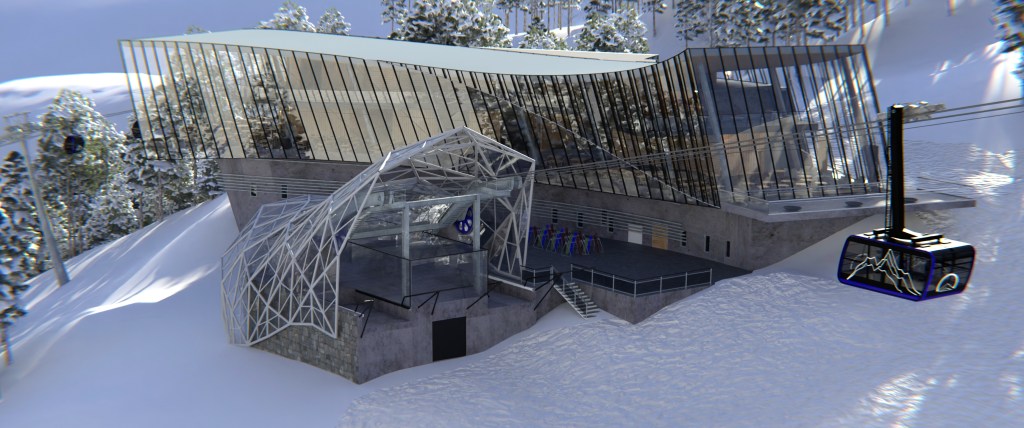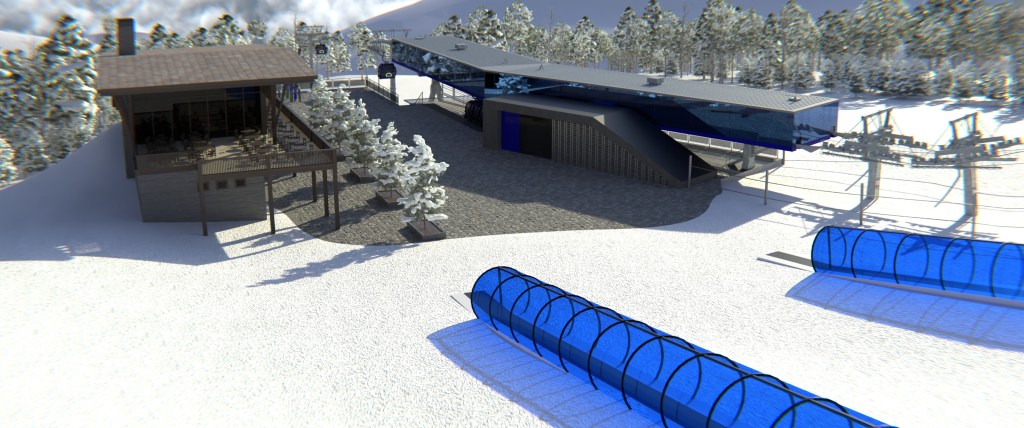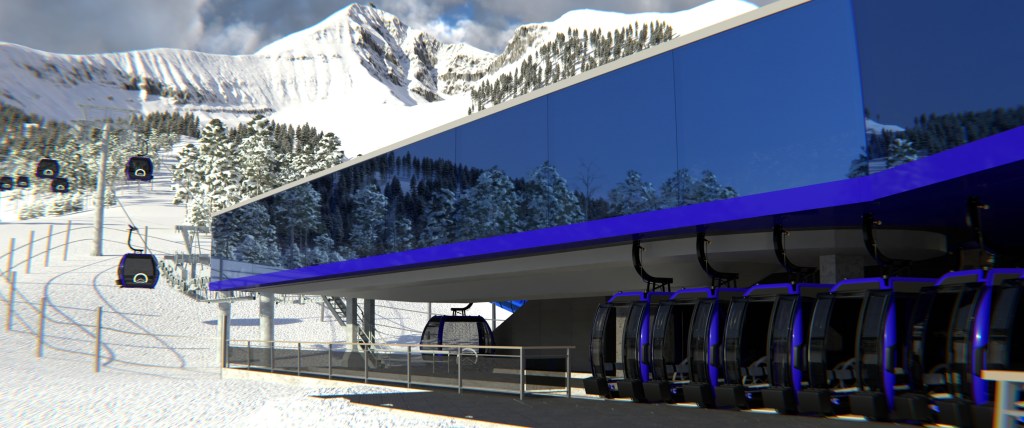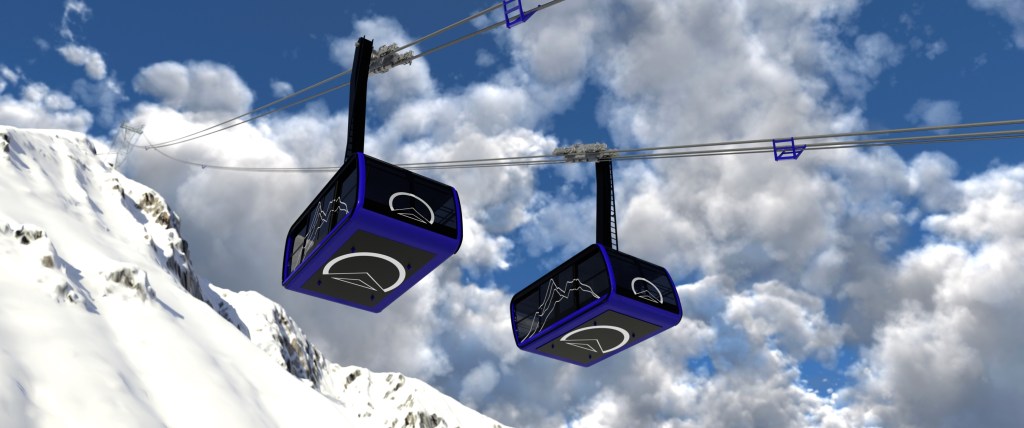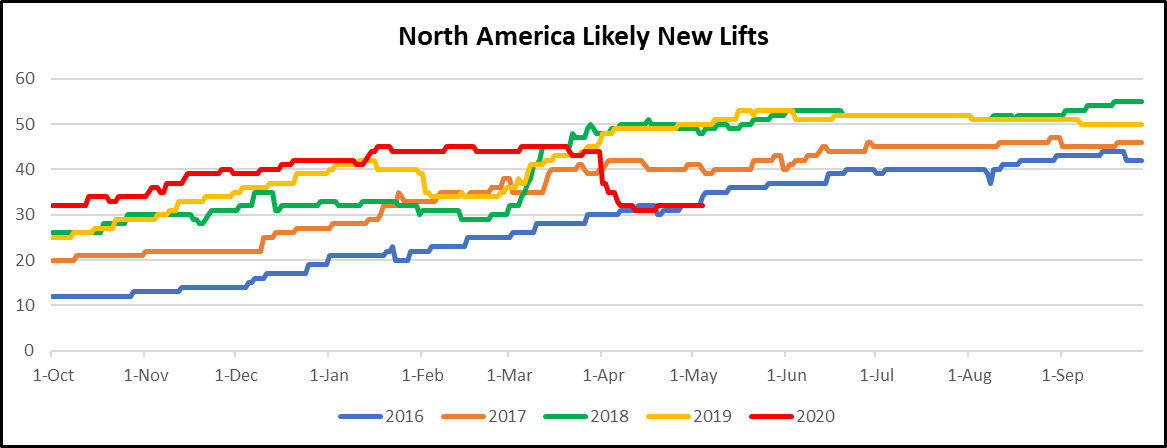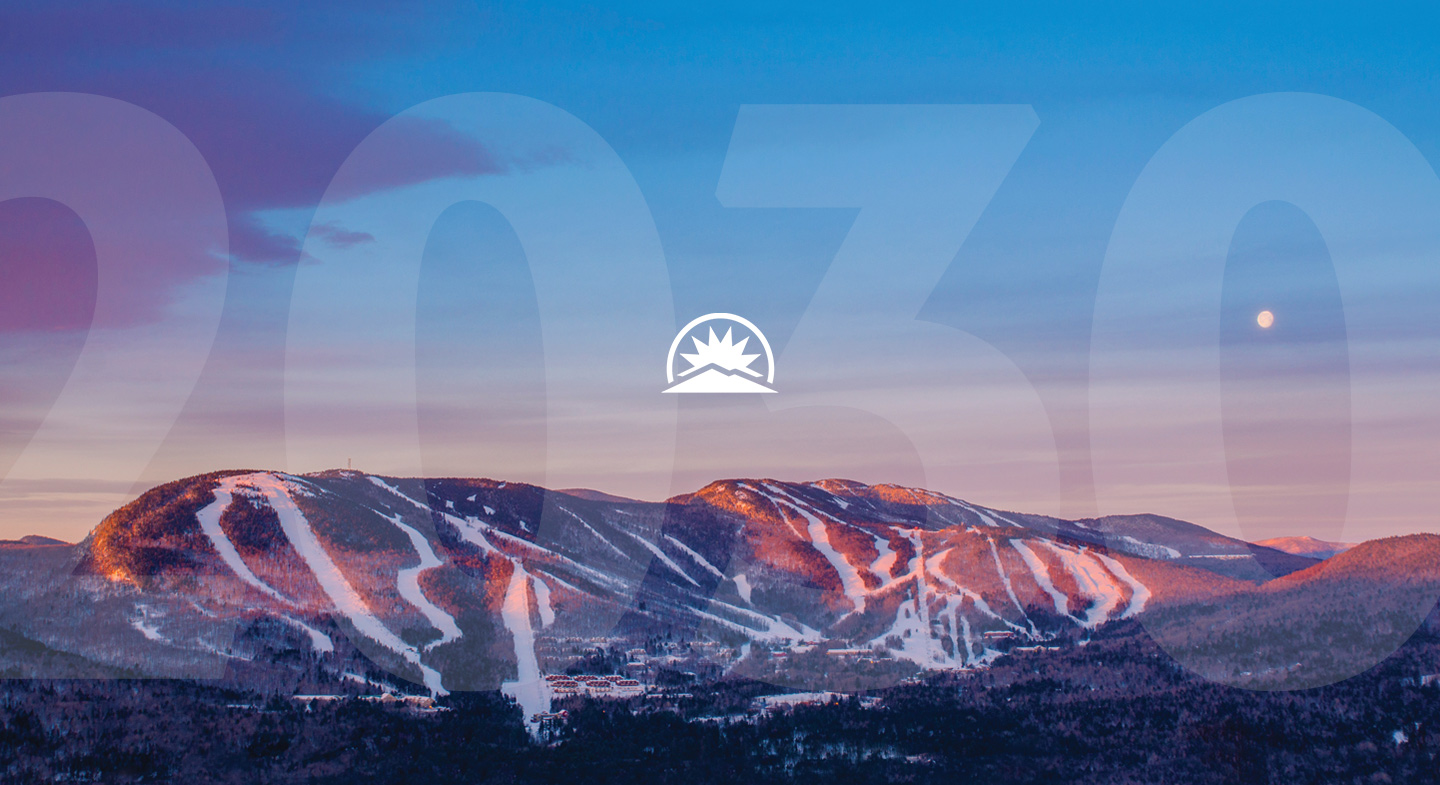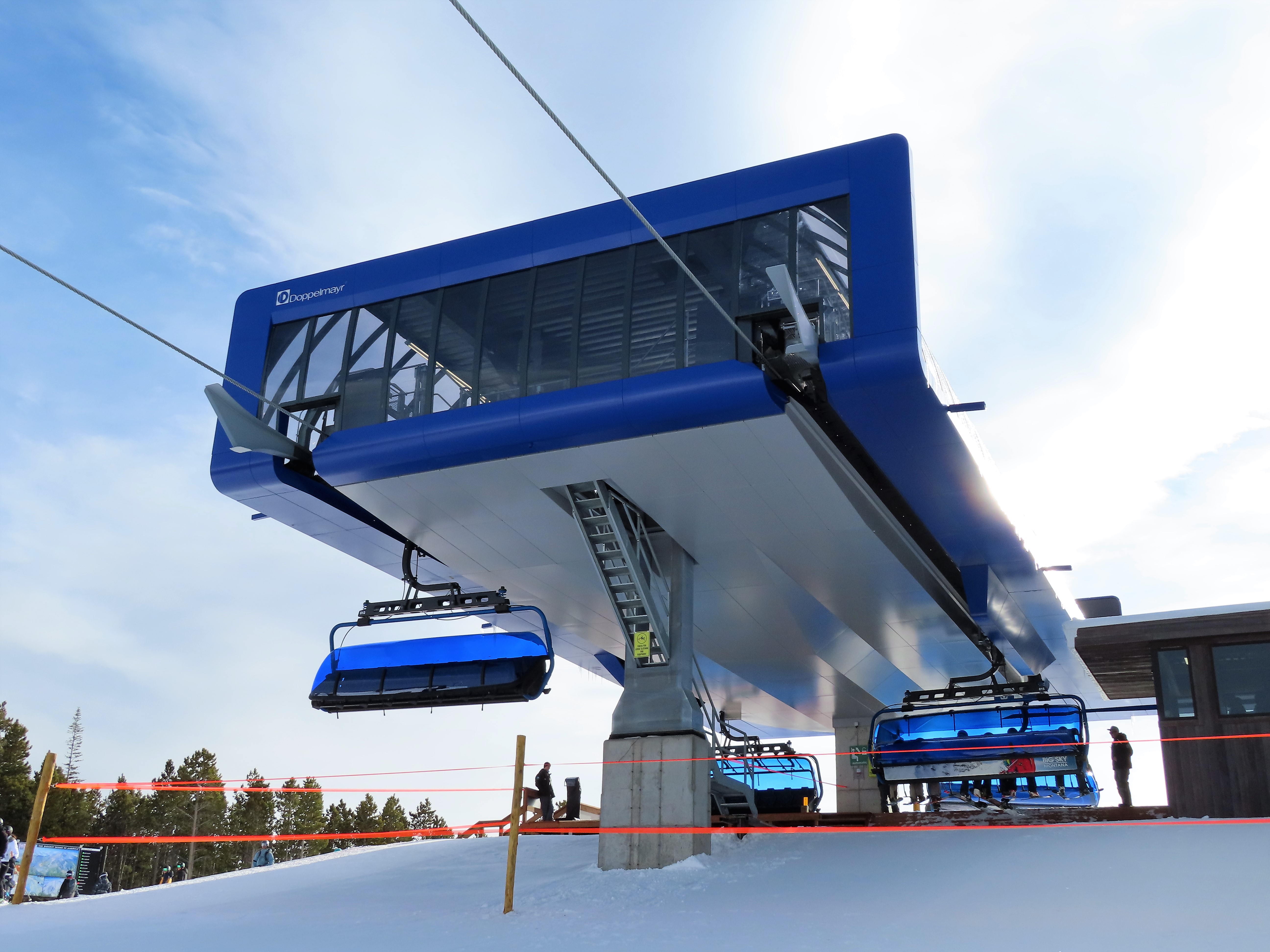
One of Washington’s most-visited resorts today announced Summit 2030, a multi-year capital improvement push to start this summer. Reimagining The Summit is just the latest initiative by Boyne Resorts to bring its ten ski resorts into the modern era. The vision for Snoqualmie includes eight new lifts across all four base areas, enhanced summer operations, expanded snowmaking, new lodges and more. The resort has a lot of work ahead just on lift renewal with 19 chairlifts averaging 35 years old.
To start, Doppelmayr will replace the Hidden Valley double with a triple chair, enhancing capacity on the backside of Hyak for next season. The new lift will feature conveyor loading and transport 1,800 skiers per hour. “Another milestone in our plan to modernize our lift network, the new Hidden Valley Triple provides more capacity, dependability, and greatly improves access to one of most unique areas at The Summit,” said Guy Lawrence, Summit President and General Manager. The mountain also plans to open a bike park at Silver Fir this summer, add more chairs to the Armstrong Express and implement RFID ticketing this offseason.
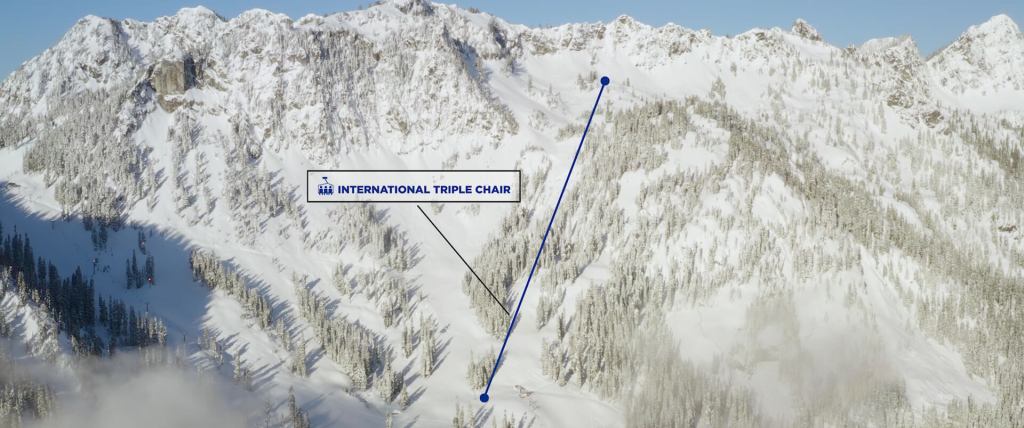
Many more lift upgrades will follow over the next decade. At Alpental, fixed grip triple chairs are planned to replace both Sessel and Edelweiss. Perhaps most exciting will be construction of the International lift, a project first conceived decades ago. “The long-awaited International Chair at Alpental will be a fixed-grip triple dropping skiers and riders in the best spot for accessing Lower International, Snake Dance, Felson & Back Bowls, providing a whole new way to access some of the most popular terrain at Alpental,” says The Summit. Another key focus at Alpental will be installation of remote-operated avalanche control systems to open terrain faster during storm cycles.

At Summit Central, Boyne plans to replace and realign the Central Express with a larger lift. Nearby, Triple 60 is earmarked for a detachable quad. A brand new lodge, snowmaking and alpine coaster will round out improvements at Central.
Learn to ski hotspot Summit West will see replacements for workhorse lifts like Wildside and Pacific Crest as part of Summit 2030. Wildside will likely be a fixed grip quad and Pacific Crest a detachable six place.
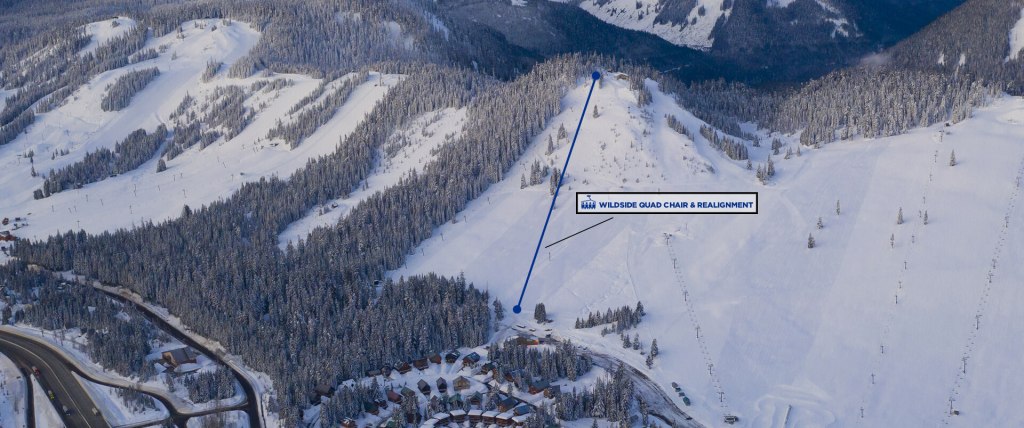
It’s no secret Snoqualmie and other Cascades ski areas attract throngs of skiers at peak times so it’s great to see Boyne committing to major improvements in the Northwest. Not far away, Alterra has announced a similar $100 million plan for Crystal Mountain and Vail Resorts has expansion opportunities at Stevens Pass. Higher capacity lifts and more terrain at Snoqualmie will surely help meet demand for skiing in a booming region with just three ski areas.




